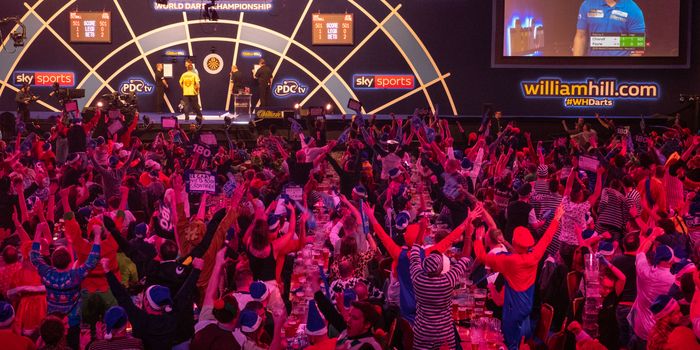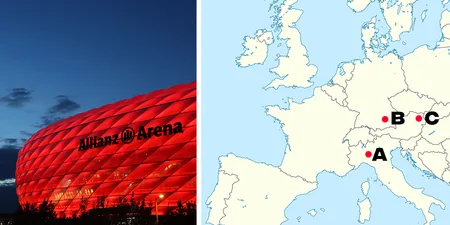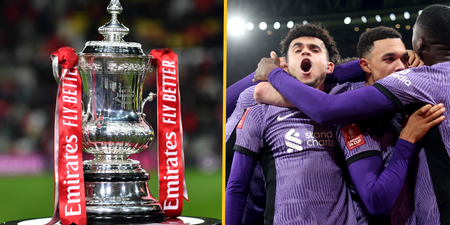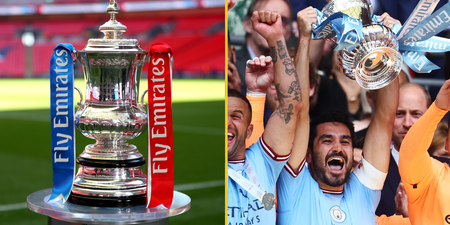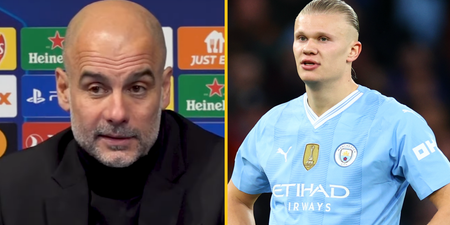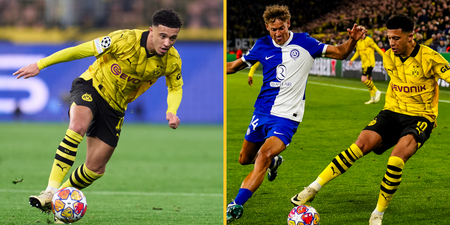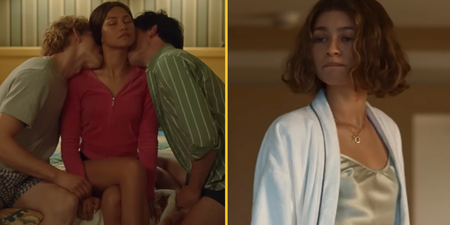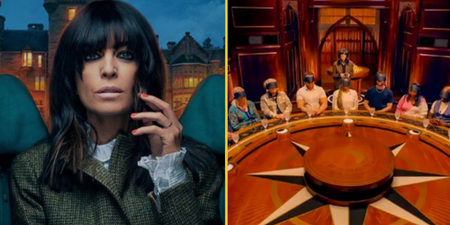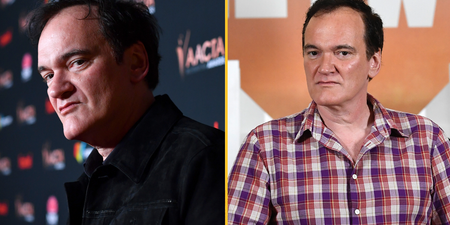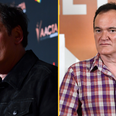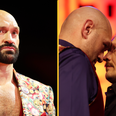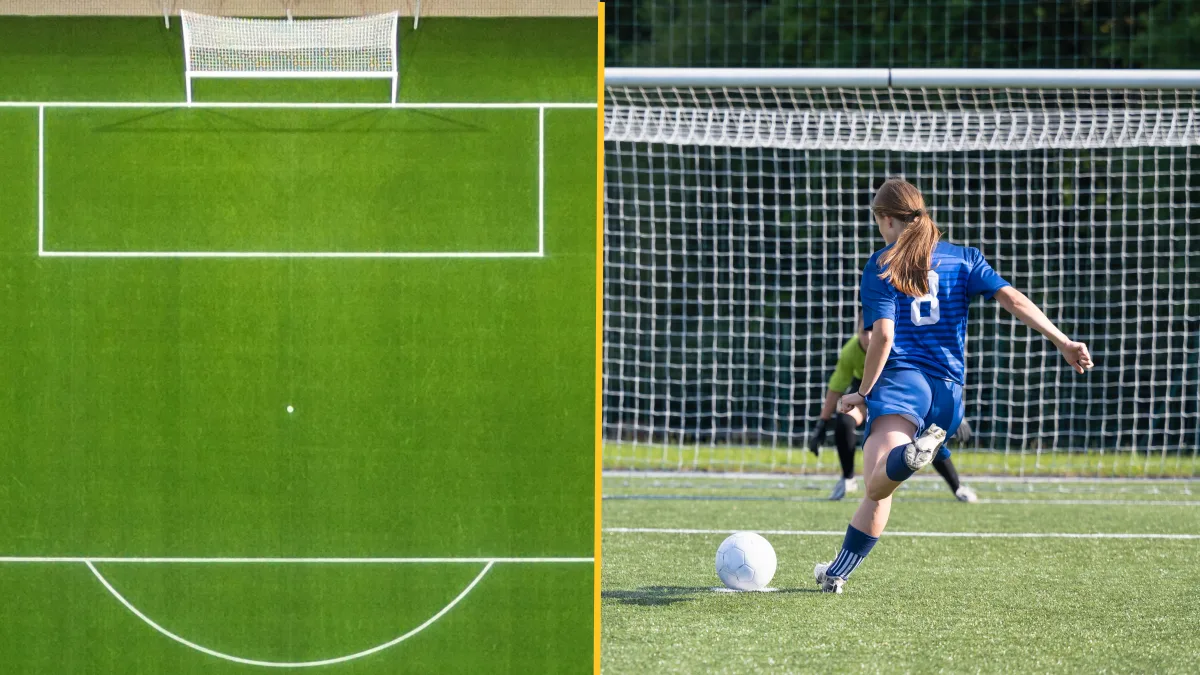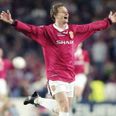Tucked away at the back of the Alexandra Palace is the broadcast studio, built like a stilt house on a river. Sit there and peer out of the glass and you can see the entire hall. “Look at it… it’s organised chaos.”
You remember the World Cup, don’t you? That summer-long hysteria that swept the nation away in a hot, sticky sea of pints, sweat, tears and pints. Well, the darts is a bit like that. Except with more pints.
Over 1 million of them are expected to be sold here over the course of the entire tournament, as 96 competitors from 28 countries fight over 16 days of play for the £500,000 grand prize – all individual records. It’s a numbers game, after all. A pints and numbers game. As in: the number of pints equals the better it is. With 85,000 fans spilling into the Ally Pally during the tournament that works out at an average of just under 12 pints per person. A fine target, should you want to end the evening asleep on the Northern line with your head resting in a half-empty kebab box.
It doesn’t, however, explain the masses of fans watching at home, with audience numbers that dwarf everything but football over the Christmas period. In 2016 Sky Sports darts had cumulative viewing figures of 2.6 million. Sky Sports 1, meanwhile, had 2.5 million over the same period. It’s not just old men either, with one third of Sky’s darts audience between 2012 and 2016 female and a steady growth, year-on-year, of viewers aged 16-24.
Laura Woods, the instantly recognisable face of Sky Sports’ coverage of the PDC World Darts Championship, thinks it is due to the spectacle of the occasion itself, and then the attention to detail in the broadcast that brings it to life. Woods has grown along with the sport, starting out as a lowly runner with the Sky team before moving into production and eventually hosting the broadcast itself, which is now a huge part of her life, every single Christmas.
“I couldn’t imagine not being here at the darts every year. I couldn’t imagine the end of the year without the darts. I still get the same nostalgia every time I come back, the chill walking up the hill to Alexandra Palace. It’s like no other sport.”
“I’ve covered the [Premier League] tour as well, but the World Championship is a step up. The players step up and the crowd steps up. The production values, the viewing quality… it’s taken 20 years to have this, audience figures higher than everything bar football. It works both ways. The game needs the spectacle; the spectacle needs the quality play.”
It’s hard to imagine a better term for it than ‘organised chaos’. Look out from the Alexandra Palace and you will see an unobscured panoramic view of London that stretches out for miles, unrivalled by any other point in the city. Look inside it and you will see Buzz Lightyear stumbling around with a tray of pints, Santa’s elves lined for a squad photo like they’re a football team, and a rabble of Power Rangers queueing up at the pie van. You will see joy, all kinds of it. Small kinds of joy and sickeningly large kinds of joy, and perhaps more of it here than anywhere else.
You will see, and hear, people chant the melody of ‘Chase the Sun’ by Planet Funk (you just call it ‘the darts song’ don’t you? Everybody just calls it ‘the darts song’) in a kind of delirious orgasmic trance, a sea of floating arms and voices performatively lowered an octave, all belonging to Mutant Ninja Turtles, gigantic chickens, questionable priests and nurses and men in polo shirts with dark stains down the front. Sky Sports play ‘Chase the Sun’ whenever there is a break in play, and the audience at home is left to watch this kaleidoscopic madness unfold before them before they go and put the kettle on.
You can picture them, stirring their brew and looking into the leaves, wondering why on earth they aren’t there too, stood on a table with a plastic cup in one hand and a 180 sign in the other, lost in the rapture of the ‘da dada da da’.
Collin Lloyd, a former World Number One and semi-finalist at the World Championship in 2002, sits in the Sky production van in the adjacent hall and is yet another embodiment of the controlled mayhem that goes on at these championships.
He is perched in the corner of the room with a single screen in front of him, fixed on the players. Were he to stick his head above the parapet, he would be overwhelmed by the wall of monitors opposite, like that of Lucius Fox in The Dark Knight. This is where the director sits, and controls everything the audience at home sees. There are too many screens to count, some with numbers and some with letters, some – remotely operated – are zoomed in close to the board and some – physically operated – are roving around the audience looking for the glue to the entire broadcast: flash cuts to the members of the audience absolutely LOVING the darts.
There are all kinds of variants to this shot. People jumping up and cheering. People sat quietly with their mate enjoying the match. People sat quietly with their mate enjoying the match but dressed as huge babies. People respectfully applauding. People absolutely giving it to the camera after a 180. People stood with loads of pints. People in mad, brightly coloured shirts. People hugging and kissing. People looking nervous. People with amusing signs. People giving a cheeky thumbs up and a smile straight to camera. People dancing. People with foam hands. People bouncing up and down chanting. People stood on chairs with their arms outstretched. People just looking unbelievably happy to be there. People just absolutely LOVING the arrows. People.
You’ll hardly notice the amount of them you’re exposed to, such is the airtight transition on your TV screens. The three dull thuds of the darts into the fibre. Reaction shot of player. A cut to crowd that lasts barely two seconds. Back to the players, and then the familiar duh-duh-duh. A grimace and a wipe of the forehead. Now to a smurf in the front row. Back to the throw. Ad infinitum.
The director controls it all, shouting numbers into his headset and instructing people to hold their shots because “11, I’m coming to you next” or turning them down, as he did when one camera had two men dressed as Santa doing something resembling the foxtrot. “No thank you 16. But thanks for offering.” Seeing it unfold live is like the cinema aversion therapy in A Clockwork Orange. There are too many screens. Too much light, noise, sound and colour. Watching it back later, the finished product is seamless. There is barely a frame wasted, meaning that those instances stand out. You might have seen them, as rare as a nine-dart finish (now worth £10,000 each time), moments when the camera is zoomed up close to a number and you hear the sound but don’t see the dart itself. That’s where the Spotter comes in.
Holding an old-fashioned lip microphone that makes him look like John Motson, Lloyd is relaxing until the next game starts. When the two men are finally assembled at the oche, he sighs. “Oh, here we go… it’s Ricky.”
Ricky ‘Rapid’ Evans, as you can probably deduce from the name, is known for his blink-and you’ll-miss-it delivery, which means treble 20s hit in under three seconds, and a throwing pattern so quick it resembles an angry Sicilian man gesticulating out of a window. Evans is the hardest player to spot for, Lloyd explains after the set, but not before an intense period of analysis that involves noticing the slightest change in the angle and height of his body position or direction of his eyeline. It’s all to predict what he is going to hit next. Not only does he chuck them faster than most people can perform basic sums of addition, but he also squints, making him next to impossible to read in between throws.
Even so, Lloyd is borderline clairvoyant, screaming “DOWN! DOWN!” even before the player’s themselves have decided to shift to triple 19 because their 20s aren’t landing and reeling off the possible finishing combinations like a waiter with a set menu. It means that, at home, you don’t (usually) miss a dart and get the close-up money shots when a player checks out with a double, or misses a fraction above or below the wire. All the tendencies of a player are studied, along with all the possible permutations of a throw so the cameras can react accordingly as each player’s score ticks closer to zero. Some favour a single 12 and double top from 52, others would rather go for top and then double 16. “The problem is,” Lloyd says, in between throws, “players unconsciously change their shots in the game.”
“Does anyone else want a go?”
The last game of World Championship darts that didn’t take place at the Ally Pally was its most iconic. You might remember it: Raymond Van Barneveld, only one year into his PDC career having moved from the lesser-known BDO, defeating the greatest player of all time, Phil Taylor, in a 7-6 thriller. Taylor, who ended up playing in 19 of them, called it the best final he had ever been involved in, as Barneveld came back from 3-0 down to win in the sudden death set. It took place in front of around 800 people at the Circus Tavern in Purfleet, Essex, a venue described as a “nightclub just off an A-road”. It hosted the championships for 14 years before PDC chairman Barry Hearn decided to move the whole thing to Alexandra Palace to continue growing the sport. That was just the start of it.
In Van Barneveld, the Dutch had a superstar before the sport was particularly popular, the cart arriving before the horse. Since then darts has become something of a global phenomenon, but it is in Germany where the culture has really taken hold. Some tournament events in the country see hundreds of thousands of fans in attendance and of the 85,000 tickets sold for this year’s event, a quarter of them were to visiting fans from Germany, Austria and Switzerland. In the summer before the World Cup, Thomas Müller told me of his desire to visit the Ally Pally, but only after he has retired from football because there is too much drinking, explaining “you have 20 beers or something else when you’re there.”
The 2018 final alone, between Rob Cross and Phil Taylor in his last ever championship, was broadcast on the German SPORT1 channel to 2.7 million people, shattering even the 1.4 million peak on Sky.
Whilst they are lacking their own star beyond Max Hopp, the man who knocked him out in the third round, Michael Van Gerwen, continues to fly the flag for the Netherlands fans who have claimed 10% of the tickets. He has reached the New Year’s Day grand final for the third time and he has won on both previous occasions, remaining the heavy favourite against the Englishman Michael Smith, a surprise opponent after victory over Nathan Aspinall in the semis.
The Dutch also have Vincent Van Der Voort in their ranks, who whilst not being quite as talented, or anywhere close to being world champion, has a name can be sung perfectly in time to KC & The Sunshine Band’s ‘Give It Up’, which in the world of darts is every single bit as good. That doesn’t mean it necessarily is sang in time, as three thousand delirious fans will demonstrate, belting it out flat, half a beat slower than the actual song accompanying them over the arena speakers.
Elsewhere, Japan already has its hero in the cool-as-you-like Seigo Asada, who managed to keep his composure even in the face of James Wade’s weird, gammon-y antics during their second round clash. This year’s tournament saw players from Brazil and Hong Kong, South Africa and Portugal, Lithuania and Canada, alongside the usual home nations stock, hefty tattooed men who look like Wetherspoons bouncers from places like Waltham Abbey, Chester-Le-Street and Newbury. Lisa Ashton, from Bolton, and Anastasia Dobromyslova, from Tver, Russia, became the first two female players involved at the same stage of the PDC World Championship, having fought their way through respective qualifiers to earn a place. 2019’s event was also the first ever Sky have covered, in its entirety, in Ultra High-Definition and just like the World Cup final in Moscow, an Ultra HD fan-cam was set up in the middle of the Ally Pally to capture a crystal clear image of the crowd in attendance. One of the technical staff told me that the darts is perfect for the Ultra HD format because, unlike other sports, it has the proximity, the lighting and most importantly, the crowd. The noise, the colour and the feel.
Darts, a sport originally played with cut-down arrows and crossbow bolts, a sport whose athletes used to operate in the very loosest sense of their job title, within quotation marks, and knock back ales like they were isotonic drinks, has somehow got better. Watch it on your television, looking more realistic than the actual rest of your lounge. Go to it, the great darts pilgrimage, and see what it is really like, that unrivalled atmosphere people keep on telling you about, so you can finally stop saying things like “I’ve always wanted to go to the darts”. Listen to it, calling you toward like a siren, da dada da da…
Look out from the Ally Pally on a clear night and you can see half of London laid out before you, a living, breathing map of life itself.
Go back inside.
You’re missing the darts.
